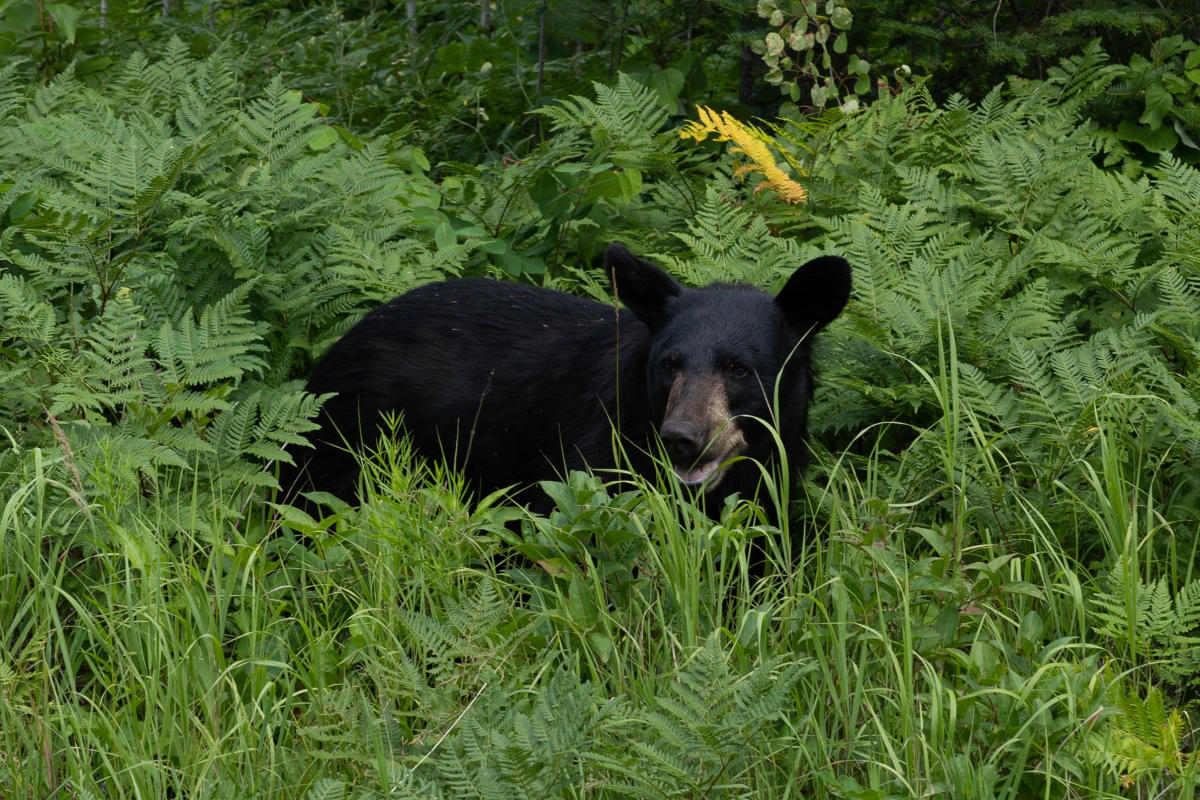Secrets Of Black Bear Dens In Minnesota’s Boundary Waters

Have you ever wondered where black bears in Minnesota's Boundary Waters make their homes? These majestic creatures find shelter in dens that offer safety and warmth during the harsh winter months. Black bear dens can be found in various locations, including hollow trees, caves, or even dug-out ground nests. Understanding these dens helps us appreciate how black bears survive and thrive in their natural habitat. Whether you're an avid hiker, a nature enthusiast, or just curious about wildlife, learning about black bear dens adds a fascinating layer to your outdoor adventures in the Boundary Waters. Let's dive into the secrets of these incredible bear homes.
Secrets of Black Bear Dens in Minnesota's Boundary Waters
Minnesota's Boundary Waters Canoe Area Wilderness (BWCAW) is a vast, rugged landscape that offers a glimpse into the secret lives of black bears. These elusive creatures find refuge in dens scattered throughout the wilderness. Let's uncover some of the most intriguing spots where these majestic animals make their homes.
Hidden Dens in the Forest
The dense forests of the Boundary Waters provide perfect cover for black bear dens. These secluded spots offer safety and shelter from the harsh elements.
Old Growth Pines: Among the towering pines, bears often dig dens at the base of large, old trees. The roots provide a natural roof, and the thick forest floor offers insulation.
Fallen Logs: Massive fallen logs create natural shelters. Bears will dig underneath these logs, creating a cozy den that blends seamlessly with the forest floor.
Rock Crevices: In areas with rocky terrain, bears find crevices between large boulders. These natural formations offer protection and are often hidden from plain sight.
Lakeside Retreats
The Boundary Waters is known for its countless lakes, and bears are no strangers to these watery havens. Lakeside areas provide easy access to water and abundant food sources.
Shoreline Thickets: Dense thickets along the shoreline are prime spots for dens. The thick vegetation offers cover, and the proximity to water ensures a steady supply of fish and plants.
Beaver Lodges: Occasionally, bears will take over abandoned beaver lodges. These structures are already well-built and provide excellent insulation against the cold.
High Ground Hideaways
Bears also seek out higher ground for their dens. Elevated areas offer a vantage point and protection from flooding during heavy rains.
Hilltop Burrows: On the tops of hills, bears dig burrows that offer a panoramic view of their surroundings. These dens are often well-drained and dry.
Cliffside Caves: Natural caves in cliff faces provide perfect dens. These spots are difficult for predators to access and offer a cool, stable temperature year-round.
Seasonal Shelters
Black bears adapt their denning habits based on the season. Some dens are used year-round, while others are seasonal retreats.
Winter Dens: During the harsh Minnesota winters, bears seek out deep dens that offer maximum protection from the cold. These dens are often dug into hillsides or beneath large trees.
Summer Nests: In the warmer months, bears may create temporary nests in thick underbrush. These nests are less permanent but provide a cool, shaded spot to rest during the day.
Human Encounters
While black bears prefer to stay hidden, there are occasional encounters with humans. Understanding their denning habits can help minimize conflicts.
Near Campsites: Bears sometimes den near popular campsites, attracted by the scent of food. It's crucial for campers to store food properly to avoid attracting these curious creatures.
Abandoned Cabins: Old, abandoned cabins can become temporary dens for bears. These structures offer shelter and are often located in areas with abundant food sources.
Minnesota's Boundary Waters is a fascinating place to observe the secretive lives of black bears. By understanding their denning habits, we can appreciate these magnificent animals and ensure their continued survival in this pristine wilderness.
The Hidden World of Black Bear Dens
Black bear dens in Minnesota's Boundary Waters offer a glimpse into the secret lives of these fascinating creatures. These dens, often found in hollow trees, caves, or dug-out ground nests, provide essential shelter during the harsh winter months. Understanding their behavior and habitat helps in appreciating the delicate balance of nature in this region.
When exploring the Boundary Waters, remember to respect wildlife and maintain a safe distance from any dens you might encounter. This ensures both your safety and the bears' well-being. The more we learn about black bears and their dens, the better we can protect these magnificent animals and their natural habitat.
Next time you venture into the Boundary Waters, keep an eye out for signs of these elusive creatures. You might just catch a rare glimpse of their hidden world.

